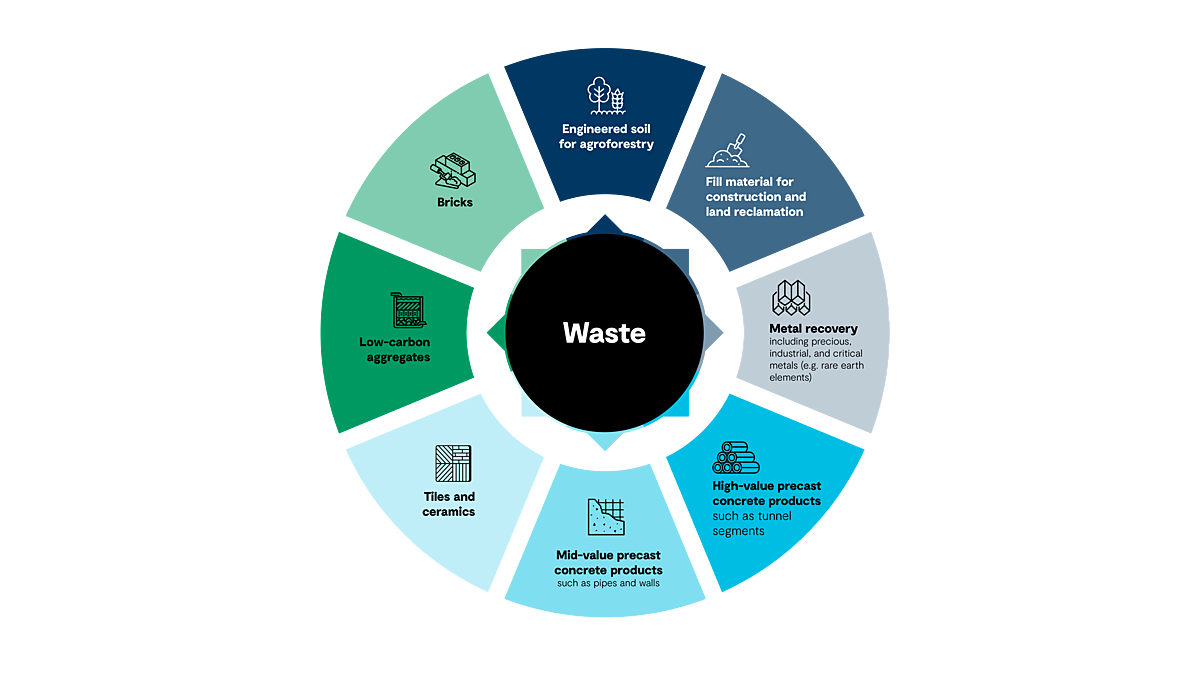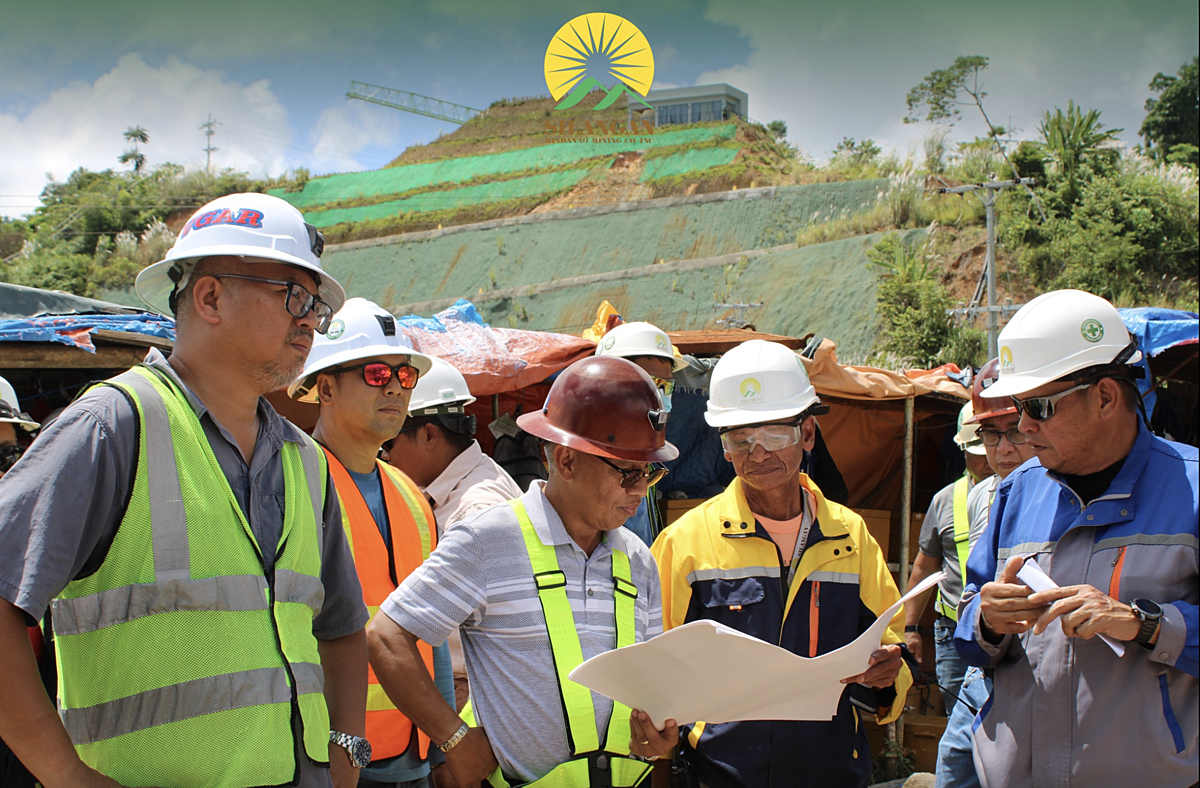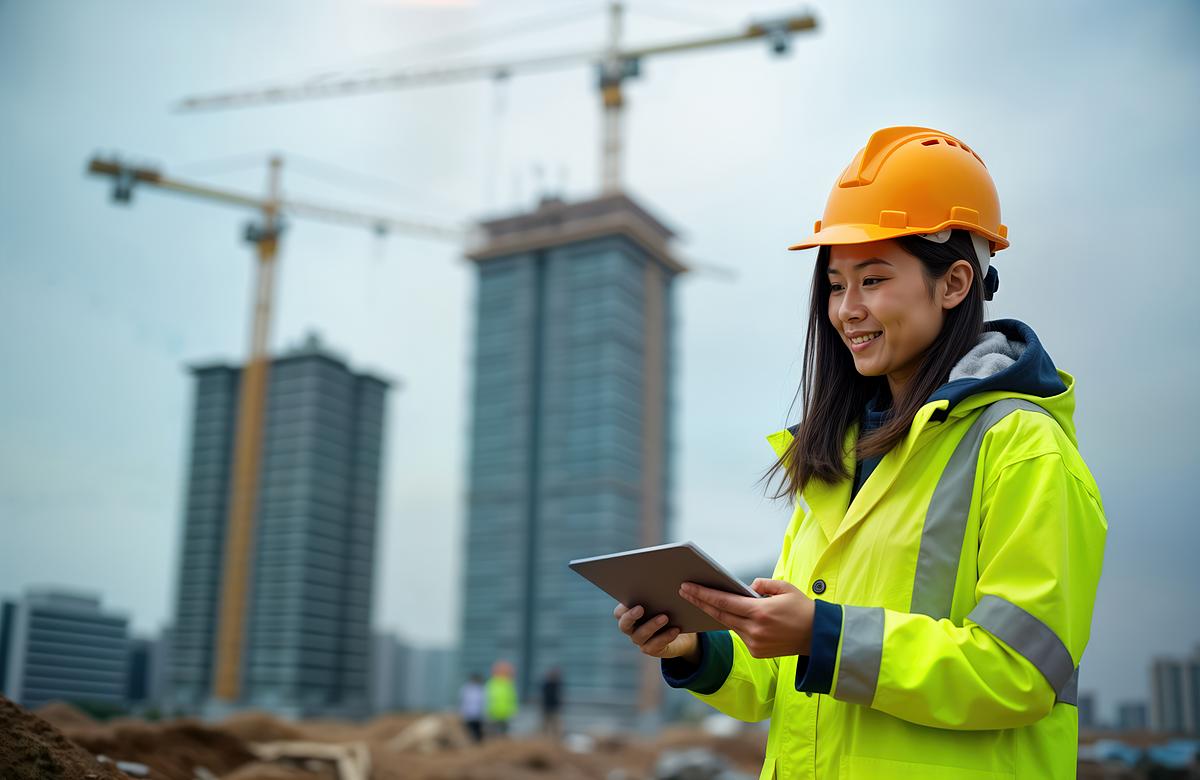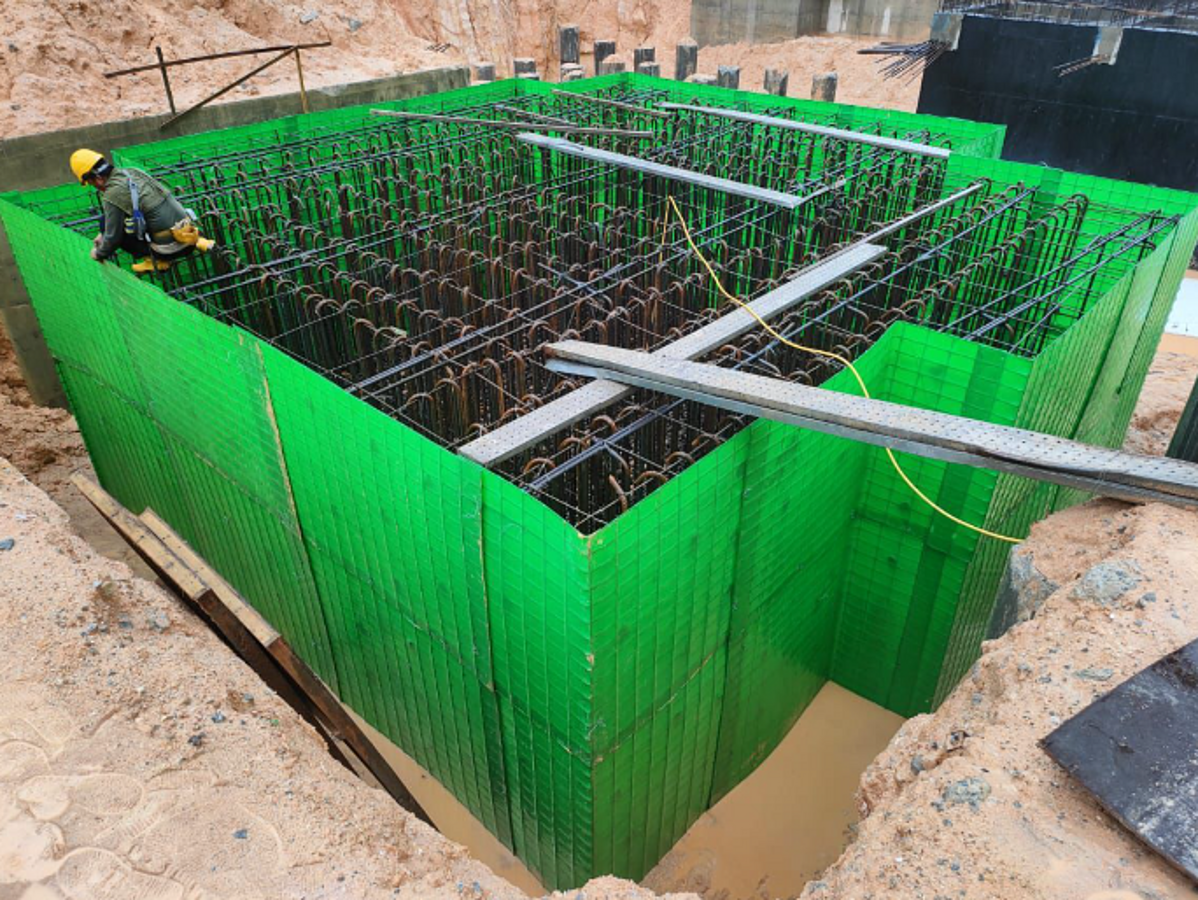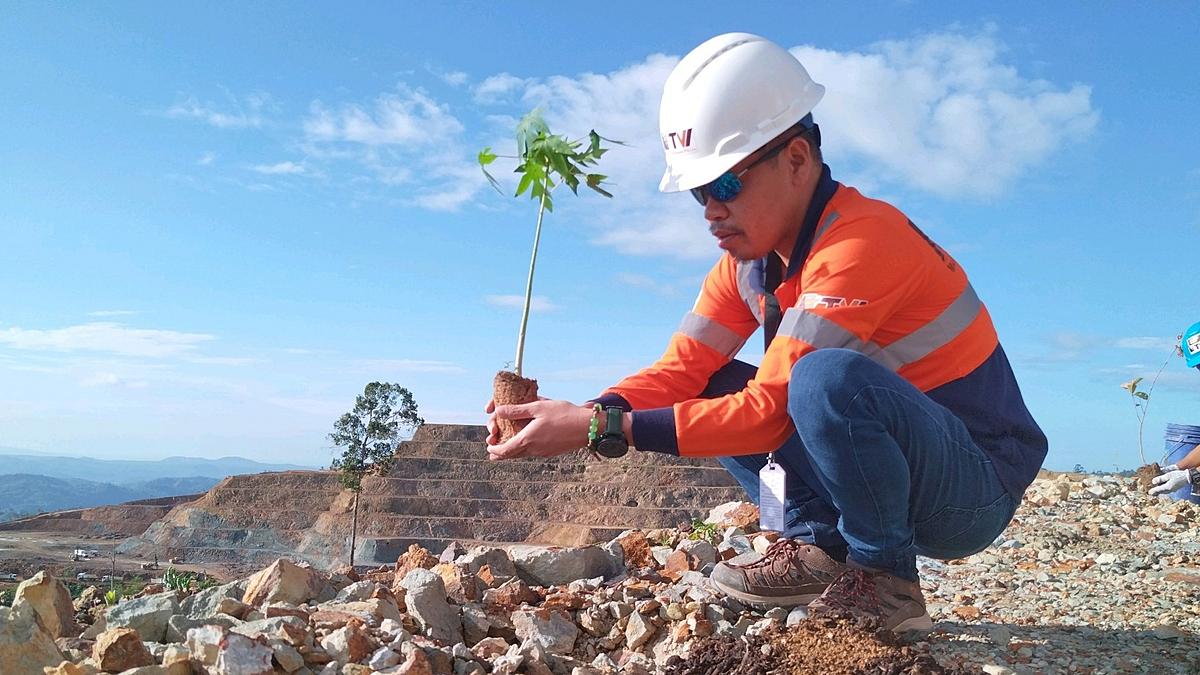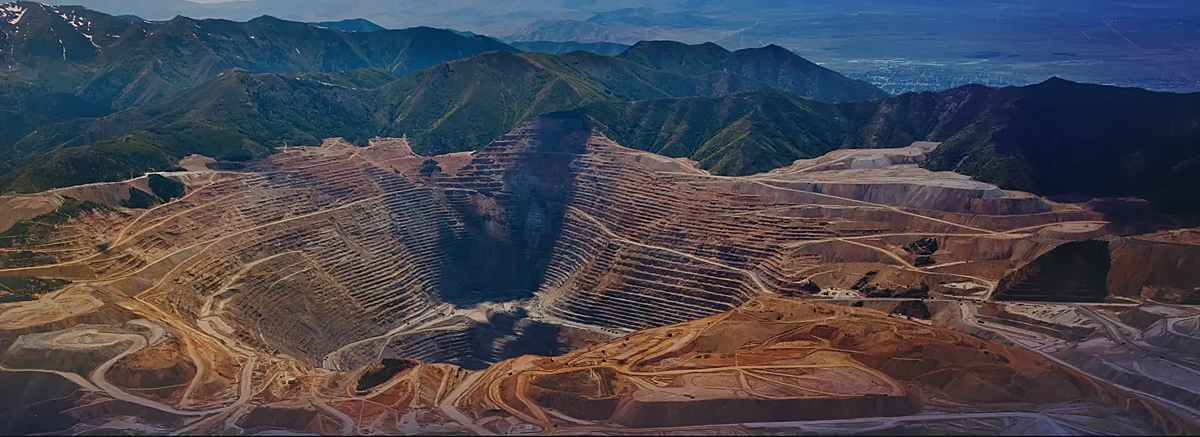Finance Secretary Benjamin Diokno (File photo courtesy of DOF)
The proposed sovereign wealth fund of the Philippines is another option to help finance the government’s infrastructure requirements, Finance Secretary Benjamin Diokno said Thursday.
During the Philippine economic briefing attended by economic managers, officials of financial institutions, and foreign investors, among others, in London, United Kingdom, Diokno said the wealth fund is “designed to fund initially, or largely our infrastructure needs for generation.”
He said the government wants to take advantage of the availability of funds onshore, which is on top of the financing that the government can borrow from such multilaterals as the World Bank (WB) and the Asian Infrastructure Investment Bank (AIIB).
“But we have a lot of money within the country. For example, had we used the Malampaya Fund to fund this wealth fund, that’s about USD20 billion. We could have used that,” he said.
The Malampaya Fund consists of what the government gets from the profits of the Malampaya Deep Water Gas-to-Power project in Palawan. It is used for energy resource development and exploration program of the estate, among others.
Other possible funding sources for the proposed wealth fund are dividends from government-owned and -controlled corporations (GOCCs), as well as gains from the privatization of state assets, Diokno said.
The government, he said, could also tap revenues collected from the mining sector, given its recent opening after being closed for about a decade.
“So it’s another funding source for our big infrastructure needs. That’s basically it,” he said.
Budget Secretary Amenah Pangandaman has said the Philippines is considering a wealth fund similar to the Indonesia Investment Authority.
“So it’s more of funding our development, big-ticket infrastructure projects,” she said.
Article courtesy of the Philippine News Agency


